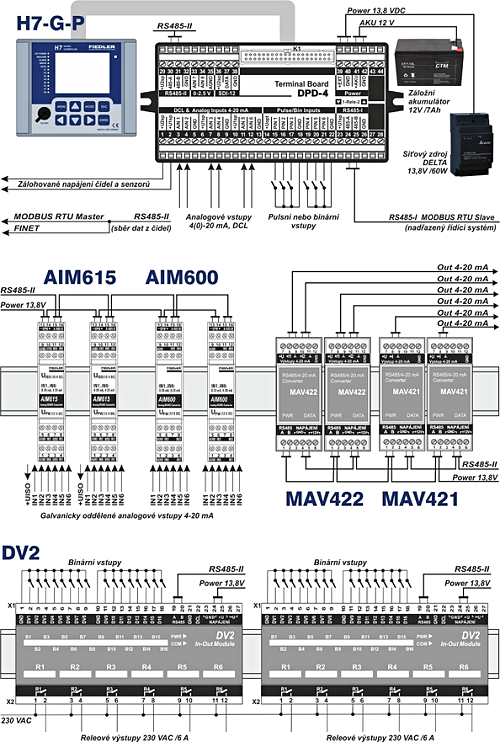
RAW files are 16-Bit files and contain a vast range of colors – especially when compared to 8-Bit files. Keep in mind that 8-Bit color equates to 16.7 million colors. It’s more accurate to call it an 8-Bit per channel image as the three channels equates to 24-Bit. Most print services require all images submitted as 8-bit to ensure that accurate color reproduction is achieved in the printed images.Ĩ-Bit color is good as it delivers excellent color and tonal values per color channel in a JPEG image. In most cases, printing your photos in 8-Bit is necessary and delivers excellent color depth. What is better for printing, 8-Bit or 16-Bit?

Some special effects and extreme editing is also better in 32-bit color. So the amount of detail that you can recover from the highlights and the shadows is amazing. This is because you have the information from three (or more) 14-bit images. If you’re doing an HDR image, it’s better to work with 32-bit color.

That said, for some specific cases, it really is worth it. So, this mode is very limited in its use and will put your computer to the test.

Still, if you can choose between 8-bit vs 16-bit depth, always choose 16 bits.įinally, a 32-bit mode is available in Photoshop but your file will still be a 12 or 14-bit image. This means that your files will be bigger, and unfortunately, some Photoshop tools aren’t available in this mode. When you open them in 16-bit mode, then you’ll have enough ‘room’ to work with all the colors, tones, details and quality that comes in your RAW image. If you open them as 8-bit, you’ll be losing a lot of the potential because the extra information they collected is now compressed.
#16 bit image converter manual
You can look for this information in your manual or by doing a simple Google search. The images taken in RAW mode are 12 or 14 bits (this will depend on the camera).
#16 bit image converter plus
On the plus side, you’ll have all the tools from Photoshop available, and the file size will be within a normal range.ġ6-bit mode is where you’d want to edit your RAW images. One of the most noticeable issues you encounter in this situation is the color banding that appears in grading areas that should look smooth. If you need to make changes – for example, correcting a very under (or over) exposed image – then you’ll start to lose quality. This is OK in many cases as the human eye can’t actually see all the 16.7 million colors these types of images have. However, you can convert JPEG to RAW with the help of specialized software. When you open them in Photoshop or any other editing software, they’ll stay in 8-bit mode.Įven if you change the workspace to 16 or 32-bit mode, there won’t be any extra information to work with. Let’s see what the difference is and when you should use each one.Īs I mentioned before, JPEG photos are 8-bit images. In Photoshop, you can choose to work in 8-bit, 16-bit, or 32-bit and this will determine how extreme you can make your edits before you lose quality or get artifacts like banding. Then, you have to consider how you want to edit your images. So, that’s the first thing that’s influenced by bit depth. When you’re photographing, you can choose between shooting in JPEG, which generates 8-bit images, or RAW, which will give you images from 12 to 14 bits depending on the camera that you’re using.

So, what does that mean to you in real life photography? If you then multiply it by three channels… well, you get the idea.
#16 bit image converter how to
That means 281 trillion colors.Ī 32-bit image has 4294967296 tonal values, and let me tell you, I don’t even know how to read that. That equals 16.7 million colors.Ī 16-bit image has 65,536 tonal values in the same three channels. Instead, it can hold 256 tonal values in three different channels (red, green, and blue). So, an 8-bit image doesn’t have 8 colors. When you add more information to it, the color depth grows exponentially. There aren’t any tonal values in between and there are no other colors. Now, a one-bit image can only be black and white because 1 bit can only be black if it’s a 1 or white if it’s a 0. Digital information is stored as either 1s or 0s.


 0 kommentar(er)
0 kommentar(er)
